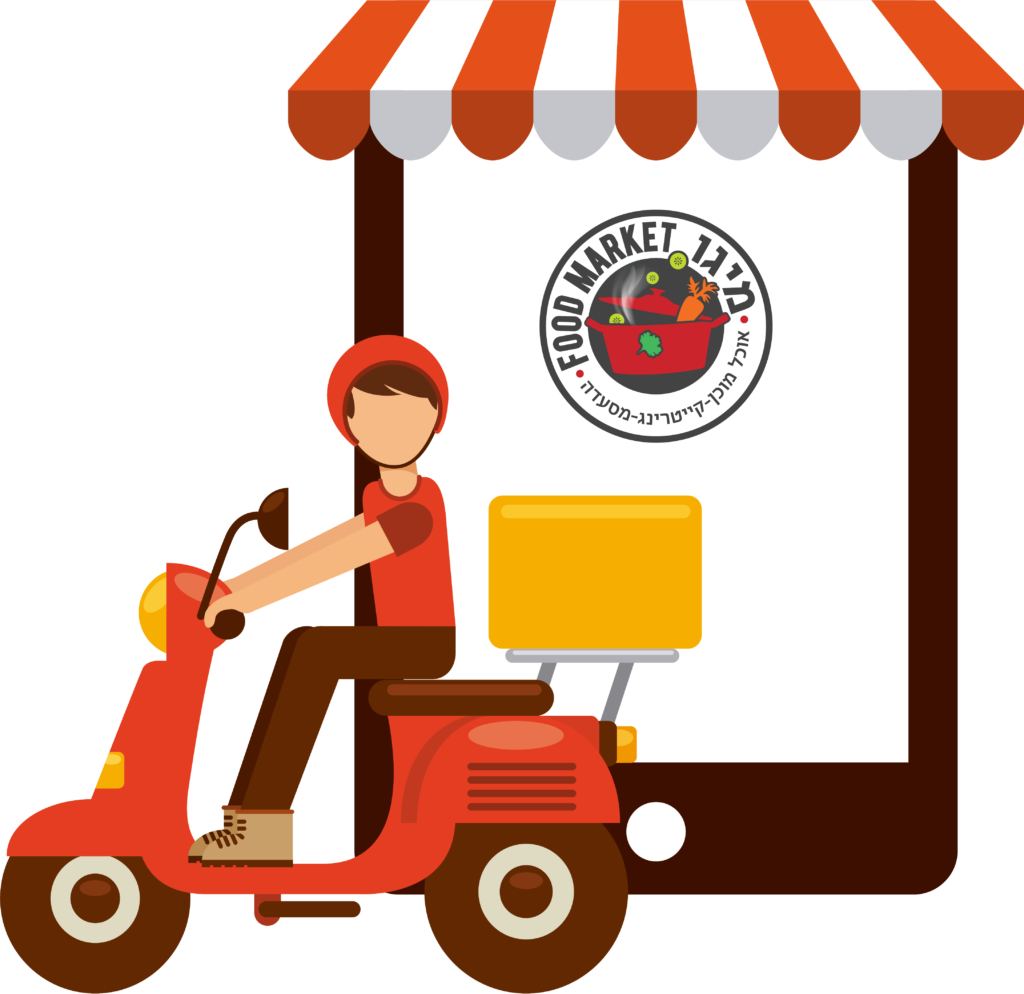In an era where technology plays an increasingly integral role in consumer behavior, restaurants must adapt and embrace digital solutions to remain competitive and maximize sales. Leveraging eCommerce platforms, digital marketing strategies, and food delivery services such as FoodPanda can significantly enhance a restaurant’s reach, visibility, and revenue. In this article, we’ll explore how restaurants can harness the power of eCommerce, digital marketing, and delivery services to boost their sales, accompanied by real-world examples and use-cases
1. eCommerce Integration for Online Ordering:
- With the rise of eCommerce, consumers increasingly expect the convenience of ordering food online. Restaurants can capitalize on this trend by integrating eCommerce functionality into their websites or partnering with third-party platforms to offer online ordering capabilities. By enabling customers to browse menus, place orders, and make payments online, restaurants can streamline the ordering process and cater to the preferences of digital-savvy consumers.
- Example: Imagine a local pizzeria that integrates eCommerce functionality into its website, allowing customers to customize their pizzas, select toppings, and place orders for delivery or pickup. By providing a user-friendly online ordering experience, the pizzeria can attract customers who prefer the convenience of ordering from the comfort of their homes, thereby increasing sales and customer satisfaction.
2. Digital Marketing for Targeted Promotion:
- Digital marketing offers restaurants a powerful tool for reaching and engaging with their target audience. Through channels such as social media, email marketing, and search engine optimization (SEO), restaurants can execute targeted promotional campaigns to drive awareness, traffic, and sales. By leveraging data-driven insights and personalized messaging, restaurants can effectively connect with customers and encourage repeat business.
- Example: Consider a family-owned restaurant that launches a digital marketing campaign on social media to promote its weekend brunch specials. By creating visually appealing posts featuring mouth-watering dishes and offering exclusive discounts to followers, the restaurant attracts attention from local food enthusiasts looking for weekend dining options. As a result, the restaurant experiences a surge in reservations and walk-in traffic, ultimately boosting sales during the brunch hours.
3. Partnership with Food Delivery Services:
- Food delivery services like FoodPanda provide restaurants with an additional revenue stream by facilitating the delivery of meals directly to customers’ doorsteps. By partnering with these platforms, restaurants can extend their reach beyond their physical locations and tap into a larger customer base. Food delivery services also offer logistical support and marketing exposure, making them an attractive option for restaurants looking to expand their sales channels.
- Example: A neighborhood bistro partners with FoodPanda to offer delivery services to its customers. By listing its menu on the FoodPanda app and website, the bistro gains visibility among users searching for nearby dining options. When customers place orders through FoodPanda, the bistro prepares the meals and relies on FoodPanda’s network of delivery drivers to fulfill the orders. As a result of this partnership, the bistro experiences an increase in delivery orders and revenue, without the need to invest in additional delivery infrastructure.
4. Cross-Promotion and Collaborations:
- Collaborating with other businesses and influencers can help restaurants amplify their marketing efforts and attract new customers. By partnering with complementary businesses such as local breweries, wineries, or food bloggers, restaurants can cross-promote each other’s products and services, reaching a wider audience and driving sales through mutual referrals.
- Example: A sushi restaurant collaborates with a nearby sake brewery to host a special tasting event for customers. The restaurant promotes the event on its social media channels and invites local food influencers to attend and share their experiences. The brewery, in turn, promotes the event to its customer base, creating a synergistic partnership that drives foot traffic to both establishments. As a result of the collaboration, the restaurant sees an increase in reservations and sales during the event, while the brewery gains exposure and generates sales of its sake products.

